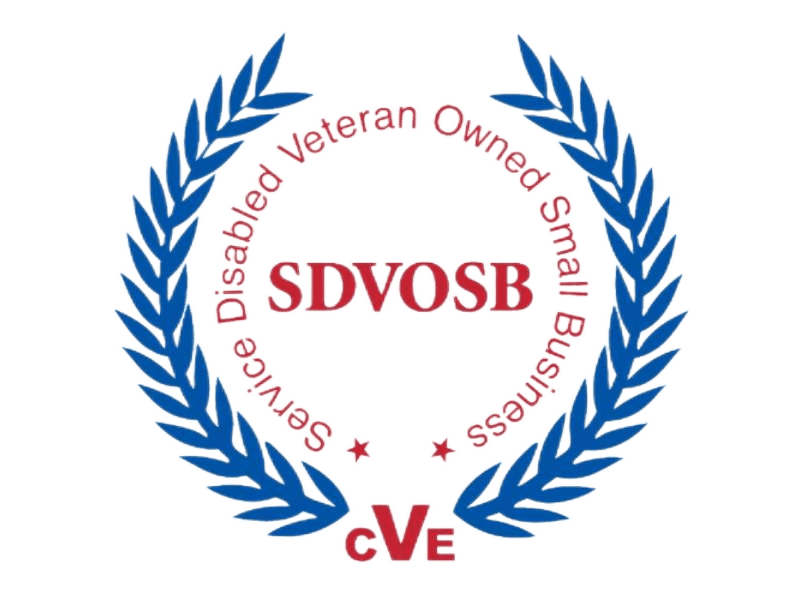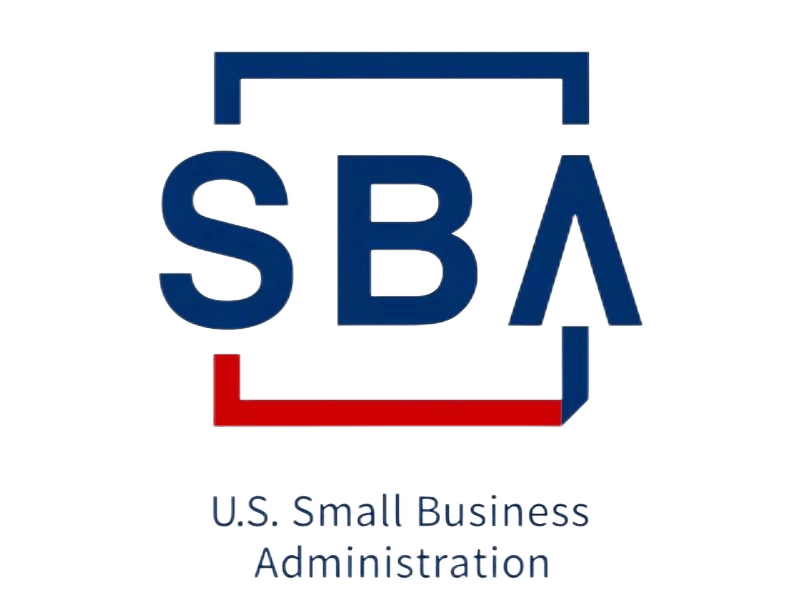
Implementing PCI-Compliant Payment Systems
If you’re building a payment feature — whether it’s an e-commerce checkout or a phone-based payment system — you can’t ignore PCI DSS (Payment Card Industry Data Security Standard). It’s the global security framework that protects cardholder data and defines how payments must be collected, transmitted, and stored.
As a developer, your goal is not just to pass compliance audits, but to design systems that never come into contact with raw card data in the first place. Let’s explore how.
Step 1: Understand PCI DSS Scope
PCI DSS applies to any system that stores, processes, or transmits cardholder data.
To simplify your life and reduce compliance scope, follow this golden rule:
Don’t touch card data.
Instead, use PCI-compliant third-party providers (e.g., Stripe, Braintree, Adyen) that securely handle the sensitive details. You’ll still control the payment flow, but without the compliance burden of managing cardholder data.
Step 2: Building PCI-Compliant Online Payments
When accepting payments online, the safest approach is to use your payment gateway’s hosted fields or JavaScript SDK. These embed secure payment elements directly from the provider, ensuring card details never pass through your servers.
For example, using Stripe Elements:
Frontend
const {token} = await stripe.createToken(cardElement);
await fetch('/pay', {
method: 'POST',
body: JSON.stringify({ token: token.id })
});
Backend
stripe.Charge.create(
amount=5000,
currency='usd',
source=request.json['token']
)
Your backend only receives a token, not the actual card number — which keeps you safely out of PCI scope.
Avoid:
- Storing or logging card numbers, CVVs, or magnetic stripe data.
- Transmitting raw card data through your own APIs.
Step 3: Handling Phone Payments Securely
Phone payments (card-not-present transactions) are particularly sensitive since they involve live interaction. To stay PCI-compliant:
- Use a PCI DSS–certified call center solution such as Twilio , PCI Pal, or Amazon Connect. These services mask DTMF tones and ensure that neither the agent nor the call recording captures card data.
- Isolate card entry on a secure IVR (Interactive Voice Response) or virtual terminal that sends data straight to your payment gateway.
- Never record card details. If calls are recorded, automatically mute or redact sections where card data is entered or spoken.
Step 4: Tokenization and Encryption
When card data must be collected (temporarily or via third-party integration), use:
- Point-to-Point Encryption (P2PE) to secure data from entry to the payment gateway.
- Tokenization, which replaces the card number (PAN) with a non-sensitive token you can safely store and use for recurring billing or refunds.
Step 5: Secure Development Practices
Even if you rely on third-party payment processors, you’re still responsible for the security of your systems. Follow these developer best practices:
| Area | Best Practice |
|---|---|
| Network security | Restrict access, use firewalls, segment payment systems. |
| Code & data handling | Sanitize input, disable card data logging, secure APIs. |
| Access control | Use least privilege; unique accounts; multi-factor auth. |
| Monitoring | Audit logs and monitor for unauthorized access. |
| Vulnerability management | Regular scanning and patching. |
Step 6: Determine Your PCI Level
If you fully outsource payment processing and never handle card data, you likely qualify for SAQ A or SAQ A-EP, which have minimal compliance requirements.
If your system processes or stores cardholder data directly, you’ll need SAQ D, which involves annual on-site audits and quarterly network scans.
Step 7: Recommended Providers & Tools
| Purpose | Examples |
|---|---|
| Online payments | Stripe, Braintree, Adyen, Square |
| Secure voice payments | PCI Pal, Twilio , Amazon Connect |
| Tokenization | Built-in with most gateways |
| Recording redaction | NICE, Verint, Red Box |
Summary
| Channel | PCI-Compliant Approach |
|---|---|
| Online | Hosted fields → Tokenization → Process on backend |
| Phone | DTMF masking or IVR → Send directly to gateway |
| General | Never log, store, or transmit raw card data |
Final Thoughts
PCI compliance is as much about architecture as it is about checklists. By designing your systems so that you never handle raw card data, you drastically reduce your risk — and your compliance overhead.
When in doubt, offload. Let trusted PCI-compliant payment processors handle the heavy lifting so you can focus on building great user experiences safely and securely.
Further reading: PCI Compliance Levels






